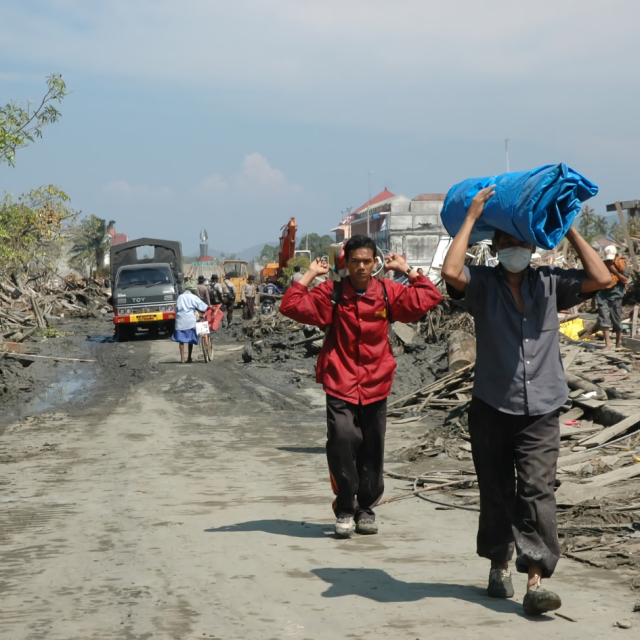Poverty is one of the most persistent and complex problems facing humanity. This phenomenon, characterized by the lack of basic resources to meet human needs, affects millions of people around the world. Although significant progress has been made in reducing extreme poverty, it remains a global challenge that requires urgent attention and sustainable solutions. This article will explore the causes of poverty, its consequences and the most effective strategies to combat it.
Causes of poverty.
Poverty has multiple causes, which vary according to the social, economic and political context of each region. The main causes include:
Economic inequality: The unequal distribution of wealth and resources is one of the root causes of poverty. In many societies, a small elite controls a large share of resources, leaving the majority in precarious conditions.
Lack of access to education: Education is a key tool to break the cycle of poverty. However, millions of people, especially in developing countries, lack access to quality education, which limits their opportunities for employment and economic advancement.
Unemployment and informal employment: The lack of formal and well-paid employment contributes significantly to poverty. Many people rely on informal jobs, which are often unstable and poorly paid.
Conflicts and wars: Areas affected by armed conflict often experience high levels of poverty due to the destruction of infrastructure, displacement of populations and weakening of local economies.
Climate factors: Natural disasters, such as droughts, floods and hurricanes, disproportionately affect poorer communities, which lack the resources to recover and adapt.
Corruption: Poor management and misappropriation of public funds can perpetuate poverty by preventing resources from reaching those who need them most.
(Source: World Bank and UN Sustainable Development )
Impact of poverty.
Poverty affects not only the individuals who experience it, but also societies as a whole. Its consequences are profound and multidimensional:
Health: People living in poverty often have limited access to health services, making them more vulnerable to disease and reducing their life expectancy. Malnutrition is also common in poor communities, especially among children.
Education: Poverty negatively impacts access to and quality of education. Many families cannot afford to send their children to school, perpetuating the cycle of poverty.
Safety: Poor communities often face higher rates of crime and violence due to desperation and lack of opportunity.
Social cohesion: Poverty exacerbates social inequalities, which can lead to tensions and conflicts within societies.
Strategies to combat poverty.
Overcoming poverty requires a comprehensive and sustainable approach that addresses both its immediate and structural causes. Some effective strategies include:
Universal education: Ensuring that all children have access to quality education is essential to breaking the cycle of poverty. Programs that subsidize education and reduce economic barriers have proven effective.
Social protection programs: Cash transfers, food subsidies and housing programs can provide immediate relief to families living in poverty.
Economic empowerment: Promoting access to credit, training people in technical skills and promoting entrepreneurship can help communities generate sustainable income.
Political reforms: Addressing corruption, ensuring transparency in resource allocation and promoting citizen participation in decision-making are essential to reducing poverty.
Climate adaptation: Implementing strategies that help communities adapt to climate change, such as resilient infrastructure and sustainable agricultural practices, can protect vulnerable populations.
(Source: FAO and World Bank )
Success stories in the fight against poverty.
Several countries have made significant progress in reducing poverty through innovative policies and international collaboration. For example:
China: In recent decades, China has lifted hundreds of millions of people out of extreme poverty through economic development policies and resettlement programs.
Brazil: The “Bolsa Familia” program, which provides cash transfers to poor families in exchange for sending their children to school and taking them to medical checkups, has significantly reduced poverty.
Ethiopia: Initiatives such as the Productive Safety Net Programme have helped improve food security and generate employment in rural areas.
(Source: UNESCO and World Bank )
The role of the Sustainable Development Goals (SDGs).
The SDGs, established by the United Nations in 2015, include as their first goal the eradication of poverty in all its forms by 2030. This goal underlines the need for coordinated global action that addresses both the root causes and the manifestations of poverty. Key strategies include promoting inclusive economic growth, improving access to basic services and strengthening international cooperation.
(Source: UN Sustainable Development )
Poverty is a multifaceted problem that requires comprehensive and sustainable solutions. Although progress has been made, it is essential that governments, international organizations and civil society work together to address its causes and consequences. Only through collective effort and a long-term vision will we be able to build a more just and equitable world for all.
Sources:
